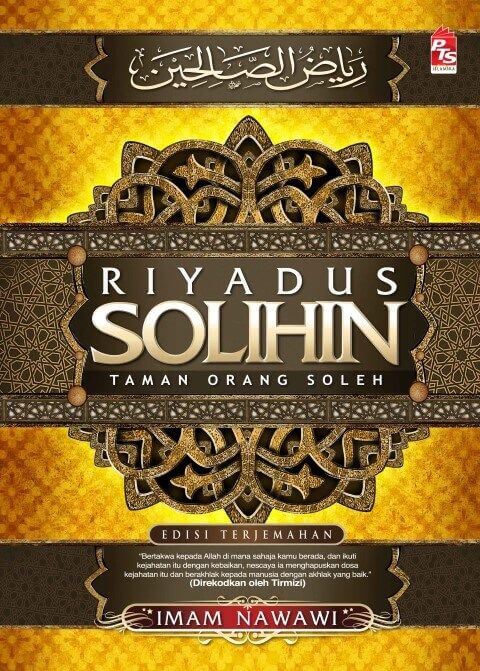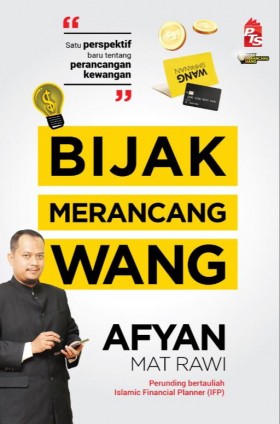By Rajen M.
RICE and other grains like wheat and corn can actually be worse than sugar. In fact, if you go by the glycemic index (GI) and glycemic load (GL) studies, white rice is almost equal to white sugar.
Indeed, white rice has an index of 92 versus 100 for sugar. The glycemic load is 30 - in excess of the 20 that it he upper limit per "good carbohydrate" serving.
However, there are several reasons why rice is worse than sugar:
Rice becomes sugar
This is a fact that no nutritionist can deny: rice is chemically no different from sugar. Remember the experiment in school where you chewed on some cooked rice for a while. After a while, it turned sweet!
Actually, one bowl of cooked rice is the caloric equal of 10 teaspoons of sugar. It does not matter whether it is white, brown or herbal rice.
A bowl of brown rice is richer in fibre, some B vitamins and mineral but it is still the caloric equal of 10 teaspoons of sugar.
To get the same 10 teaspoons of sugar, you need to consume to lots of kangkong (Ipomoea aquatic or water spinach) - 10 bowls of it.
Rice cannot be digested before it is thoroughly cooked. However, when thoroughly cooked, it becomes sugar and spikes circulating blood sugar, within half an hour - almost as quickly as it would if your took a sugar candy.
Rice is also lacking in the "rainbow of anti-oxidants". This complete anti-oxidant rainbow is necessary for the effective and safe utilisation of sugar.
Fruits come with a sugar called fructose. However, they are not empty calories as the fruit is packed with a whole host of other nutrients that help its proper assimilation and digestion.
Rice has no fibre
The fibre of the kangkong fills you long before your blood sugar spikes. This is because the fibre bulks and fills your stomach. Since white rice has no fibre, you will end up eating lots of this "calorie dense" food.
Brown rice has more fibre but still the same amount of sugar.
Rice is tasteless while sugar is sweet. There is only so much you can eat at one sitting. How many teaspoons of sugar can you eat before you feel like throwing up?
How many bowls of rice would you eat at lunch in a banana leaf restaurant today?
Another point worth noting is that rice is always the main part of the meal. While sugar may fill your dessert or sweeten your coffee, it will never be the main part of any meal. You could eat maybe 2-3 teaspoons of sugar at one meal.
However, you could easily eat the equivalent of two to three bowls, which translates to 20-30 teaspoons of sugar, in one meal.
I am always amused when I see someone eat sometimes five bowls of rice (50 teaspoons of sugar) at a banana leaf restaurant and then ask for teh tarik that is kurang manis!
There is no real "built in" mechanism for us to prevent overeating rice. How much kangkong can you eat? How much fried chicken can you eat? How much steamed fish can you eat?
Think about that. In terms of just quantity, where will you eat more - at a banana leaf restaurant where rice it the bulk or a western restaurant serving grilled fish and broccoli?
You eat more salt
As rice is tasteless, you tend to consume more salt - another villain when it comes to high blood pressure.
You tend to take more curry which has salt to help flavour the tasteless rice. We also tend to consume more ketchup and soy sauce which are also rich is salt.
Eating rice causes you to drink less water. The more rice you eat, the less water you will drink as there is no mechanism to prevent the overeating of rice.
Rice, wheat and corn come hidden in our daily food. As rice is tasteless, it tends to end up in other substitute foods like rice flour, noodles and bread.
Rice, even when cooked, is difficult to digest. It is "heavy stuff".
If you have problems with digestion, try skipping rice for a few days. You will be amazed at how the problem will just go away.
Rice prevents the absorption of several vitamins and minerals. When taken in bulk, it reduces the absorption of vital nutrients like zinc, iron and the B vitamins.
Actually, you were not meant to eat rice. You see, our genes have hardly changed in more than 30,000 years.
However, our food and lifestyle has changed dramatically. The caveman would hardly recognise our food or way of life.
Caveman food was never cooked as fire was not yet tamed. Thus, he ate only those foods that you can eat without treatment with or by fire.
The stuff that he ate were fruits, vegetables, fish (sushi anyone?), eggs, nuts and meat.
Yes, even meat. You can even eat meat raw if you were starving in the forest. You have the necessary enzyme systems to digest meat.
However, rice, like wheat and corn, cannot be eaten raw. It must be cooked. Even if you are starving in the desert, you cannot eat rice in the raw form. This is because we do not have the system of enzymes to break rice down.
Thus, the caveman never ate rice. As you share the same genetic code, you shouldn't too. To make matters worse, you not only eat rice, but also make it the bulk of your food. In some parts of Asia, rice forms up to 85 per cent of the plate.
Even if you take rice, keep it to a minimum. Remember, it is only for your tongue, not your body.
Rice is actually vitaminless, mineraless, colourless, flavourless, fibreless and useless.
Can you rely on rice to keep you healthy? Eat a colourful and varied diet.
Are you addicted?
Going rice-less may not be easy but you can do it. Here are some strategies that you can pursue in your quest to eat less rice:
* Cut your rice by half. Barry Sears, author of the Zone Diet, advises "eating rice like spice".
Instead, increase your fruits and vegetables. Take more lean meats and fish. You can even take more eggs and nuts.
* Have rice-less meals - take no rice or wheat at breakfast. Go for eggs instead.
* Go on rice-less days - go 'western' once a week. Take no rice and breads for one day every week. That can't be too difficult.
* Appreciate the richness of your food - go for taste, colours and smells. Make eating a culinary delight.
Enjoy your food in the original flavours. Avoid the salt shaker or ketchup. You will automatically eat less rice.
* Eat your salads before your meal. You many even eat your fruit dessert before your meals. The fibre rich fruits will "bulk up" in your stomach.
* References: www.mendosa.com/gifactor.htmGlycaemic index and glycaemic load values of commercially available products in Britain, C. Jeya, K. Henry, British Journal of Nutrition (2005), 94, 922-930.
KEY POINTS
* Rice was never part of human nutrition for some 3.8 million years
* We adapted rice to our diets just 8,000 years ago
* Only in the 1920s did rice processing technology make it possible for Asians to consume large amounts of rice cheaply
* One cup of white rice is the calorie equivalent of 10 teaspoons of sugar
* This causes blood sugar to rice quickly (glucose shock for your body)
* Rice digestion begins in the mouth itself
* As rice is tasteless, you can overeat, and we normally do























